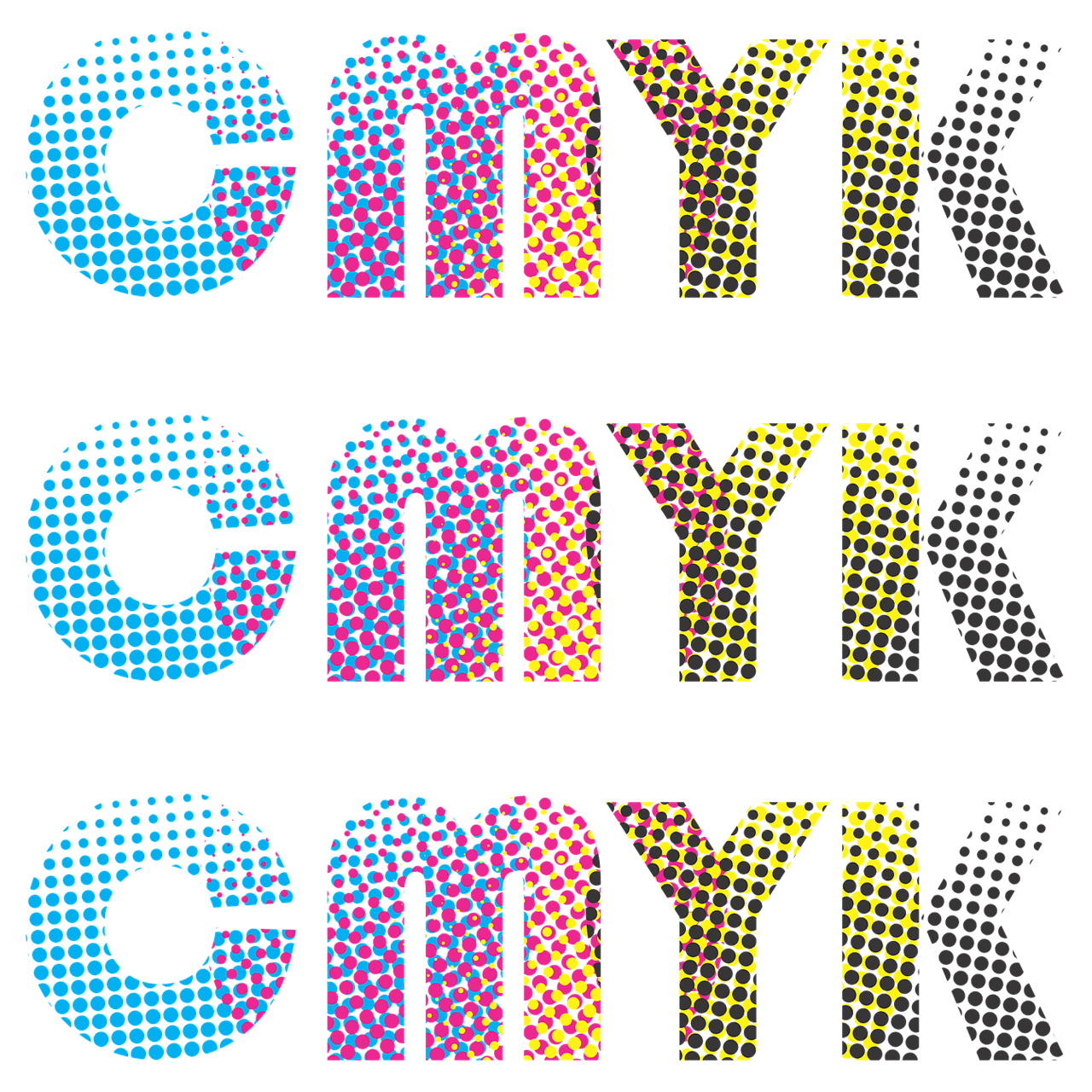Tuesday was #printinginkday and all week long we’ve been highlighting the fantastic four, CMYK, over on our Instagram (@migupress)! CMYK, aka 4/color process, are the ink colors that makeup the majority of what we do everyday! 4/color printing is our bread and butter, and ink is our jam!
What better way to end the week of celebrating our four favorite printing inks than to delve into the history of how CMYK came to be.
The Process of Process
Over a century ago, in the early 1900s, the Eagle Printing Ink Company developed the concept of process inks, combining cyan, magenta, yellow and black to offer an almost unlimited array of rich hues. This works by taking your design and color breaking it to the four process colors, where halftones, small evenly spaced dots, of each color are laid down, overlapping at different angles to create the image you see on the printed page. The use of halftones is critical in creating different intensities while using less ink.
Our Inks
Here at MIGU we use soy based, wax free inks. They’re friendly for the environment and are compatible with an assortment of finishing applications. We use fast setting stay open inks, so they setup and dry quickly on paper but can stay in the fountains longer before having to be cleaned out.
CMYK vs RGB
There are scientific explanations as to what the differences are between CMYK and RGB. CMYK is a subtractive color model while RGB is reflective. We won’t get into the nitty gritty of it but the gist is that CMYK is used for print production and RGB is for web work.
Offset vs Digital
With offset printing, we create four plates, one for each process ink. If files are not setup for CMYK, our color separation software will automatically convert them before ripping the plates for print production. We can also use Pantone inks when printing offset. Depending on the design, it may only use Pantone inks or they may be used in combination with CMYK.
Our Xerox iGen5 digital press will convert RGB or Pantone colors to CMYK on the fly and is touted for it’s color match ability to 499 of the Fortune 500 brand colors.
Did You Know?
Though it’s commonly referred to as CMYK, did you know that typically process inks are laid on the sheet in a different order? With the densest ink going down first: black. Then cyan, magenta and yellow. So really we should be saying KCMY! Doesn’t roll off the tongue quite the same way! There are times when this order has to be switched, and that’s analyzed on a job by job basis.
Resources: http://alexanders.com/blog/a-very-brief-history-of-cmyk/

